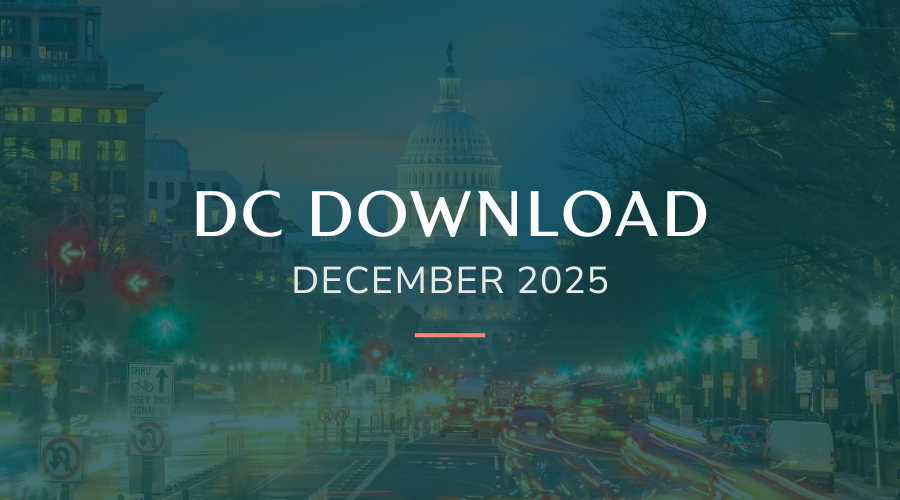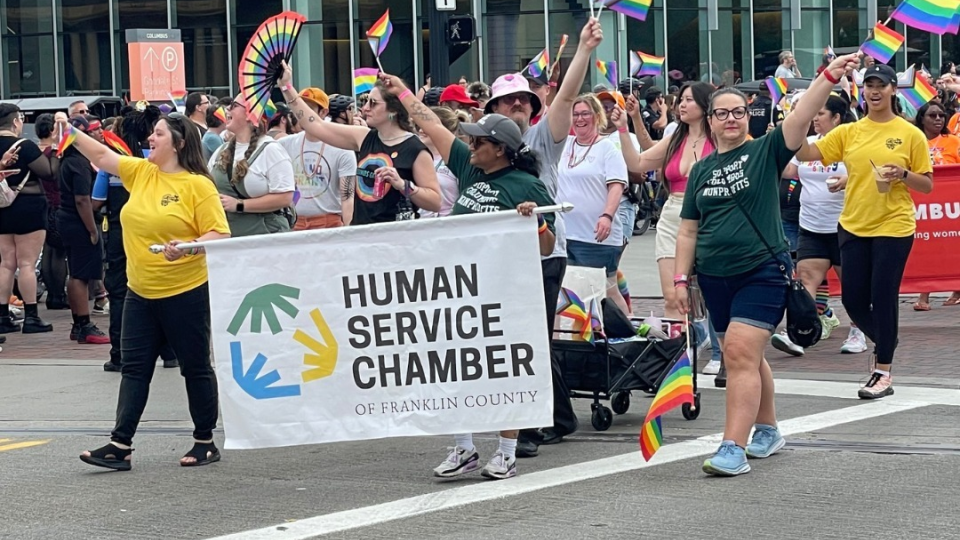By Danielle Maxwell
Chandini Portteus was chief mission officer at Susan G. Komen for the Cure for a decade before becoming president and CEO of the LIVESTRONG Foundation at a pivotal moment in 2015. Now 36, Chandini was the youngest C-level executive in Komen’s history, responsible for the organization’s strategy in the areas of research, community health, public policy and global programs. In this wide-ranging interview with ISQ, she discussed applying lessons learned to LIVESTRONG’s new partnership strategies. [Chandini resigned as president and CEO of LIVESTRONG on January 19, after original publication of this piece.]
On working internationally:
Most organizations don’t have the ability to fulfill their missions if they don’t have partnerships and we certainly believe we need to collaborate in order to go further. Globally, to have had the opportunity [at Susan G. Komen for the Cure] to be in over 33 countries, it was clear that partnerships at the global level look vastly different from country to country, and they look very different in terms of what the realistic expectations can be for what a partnership can bring forward….
The purpose of going into a country is to educate, make aware, bring to light a health issue or problem that needs to be addressed, but you may be entering a country where it has never been discussed before. When you think about breast cancer and the stigma around it and you think about what that looks like in the Middle East versus the United States versus Africa – you are dealing with the same health condition but completely different barriers and different types of disease – so you really have to ask yourself, ’What is my role in this partnership, what can I achieve in this partnership, who can I do this best with, and what do we collectively do?’
Often times the best strategy for a domestic nonprofit going into an international space is to partner with an NGO that is already in the country and understands the population it serves and the needs around it. Partnerships following that model have been some of the most successful and longstanding during my career.
For example: I have worked on a project for years now with the George W. Bush Institute and PEPFAR at both Komen and LIVESTRONG. We previously knew there were interventions for cervical cancer, but why weren’t women also being screened and treated for breast cancer? This is where our partnerships are important in bringing that awareness forward. Uniquely, LIVESTRONG doesn’t just serve one cancer, it serves all cancers, and we have always had a big focus on survivorship. Because of this broad focus, a lot of the work we are able to do is through partnerships with established, credible, funded, and very collaborative organizations, so that we could bring things like anti-stigma campaigns into countries to remind people that just because you have cancer, or have been treated for cancer, doesn’t mean you are a burden on your family and society. Instead we remind them that you can live a fulfilling life with, through, and beyond cancer. Through partnering with other organizations, we are also able to understand the nuances of the cancer space, the needs of various patients, and resources people may or may not have. The opportunity to educate cancer survivors, empower, and serve them is what everyone wants to be doing.
On private sector partners:
I began my work in the pharmaceutical world and thought maybe I would take that track. I loved the ideas of development and what that meant. But instead I ended up going the academic route for a period of time, and then fell into philanthropy work where I found my love.
There are a lot of different kinds of corporate partnerships and relationships. Even within the last 15 years, the motivators and drivers have changed. In the beginning, corporate foundations, partners, and sponsors were involved with a nonprofit out of both goodwill for what the organization wanted to do, and because there was a “halo effect” by associating with a nonprofit. If we look at what cause-related marketing or corporate partnerships can do now, oftentimes people will purchase a product if they feel it is actually going toward charity. But unfortunately now that the economy has shifted, people are giving less and some corporations are struggling in some senses. There needs to be an economic incentive to giving. I am not sure people talk about that as openly anymore as it’s evolving, so the conversation is lagging in the public eye.
On controversy:
When you have a nonprofit that has the ability to reach so many and can do so much good, a lot of really good organizations want to partner with you – and as a leader who has dealt with controversy in her career, I cannot overestimate the importance of partnerships during and after experiencing a crisis. The reason is that if you have the right partners by your side, they will tell the world why you are still relevant and important in that space.
One of the great joys of being at LIVESTRONG is that we have the power to partner with the right people in values-based partnerships, and then we take it to the next level. We need to remind people there are still more than 30 million cancer survivors globally who need practical and emotional assistance.
Looking ahead:
A lot of LIVESTRONG’s partnerships were initially based around athletic performance, as one might imagine. Our partnership with Nike enabled messaging about what the organization does, but it was also able to provide a persona for what it means to fight cancer and, in addition, provided a large financial contribution to help those who can’t pay for cancer services.
Today, we have transportation partnerships like car2go in Austin, where people drive for the cause, give money, and match giving campaigns in ways that help us double our work efforts. We also partner with I Fly, whose leaders have a real passion for cancer survivorship. Another kind of partner that is important to have is one that is able to execute on events, bike rides, and marathons. These partners will help us in empowering people, celebrating survivorship, and raising money for people who have cancer today.
The biggest thing to remember is that partners need to be nimble, learn to collaborate, and complement one another. What matters at the end of the day is that people get our help, and competition should not get in the way. We need to give our time, our brand, our effort, and our good will, so that you will see LIVESTRONG creating even more partnerships with other organizations. The more audiences we can engage and people we can mobilize to be missionaries, the better we can serve people who need our help now.
Danielle Maxwell is the director of talent administration at Independent Sector.



